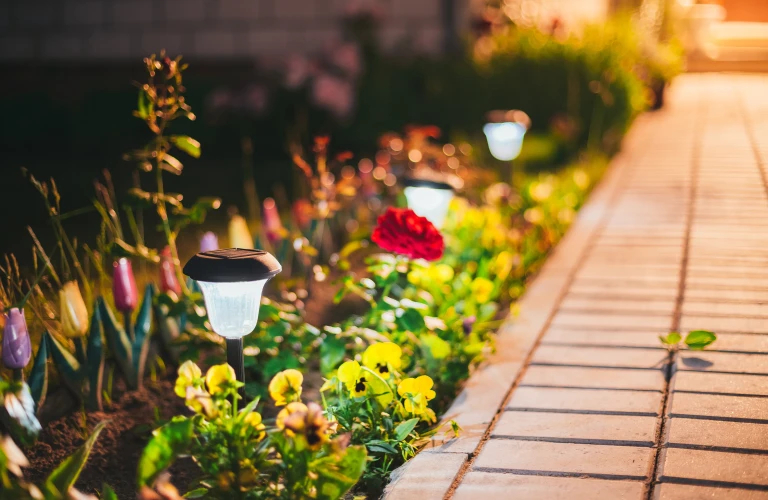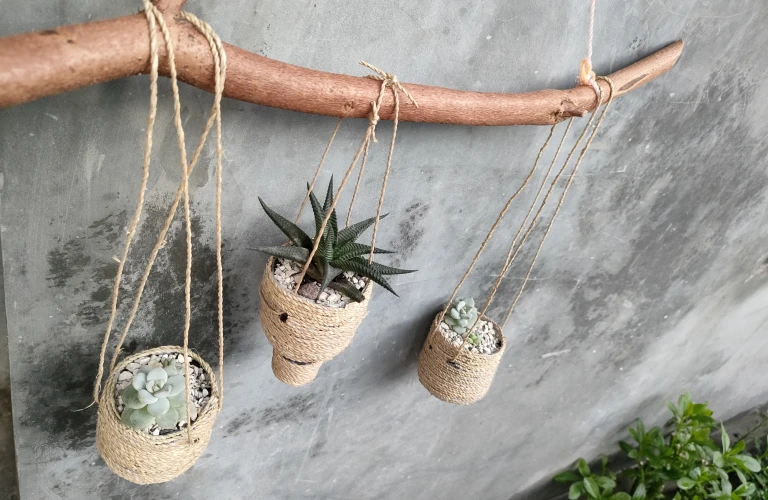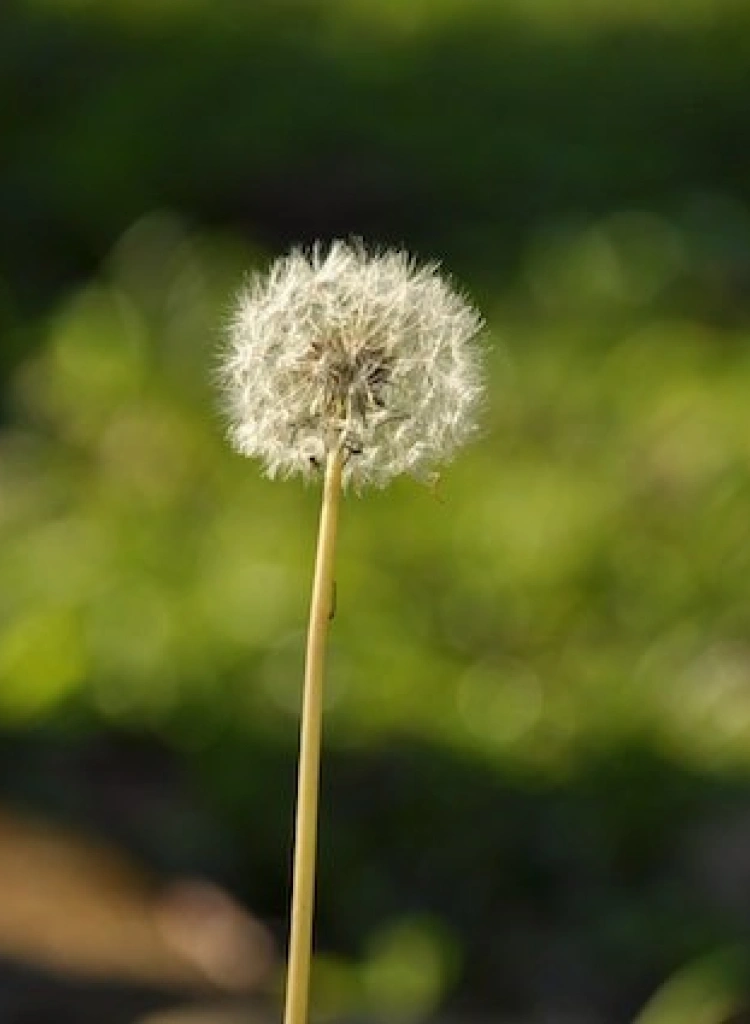
7 Lawn Care Tips
So you’ve designed your dream outdoor area and picked the best grass and soil for it. How will you maintain its best appearance? Simply adhere to these easy instructions and maintain a regular care schedule to never again have a boring or weed-infested lawn! Here are 7 lawn care tips for you.
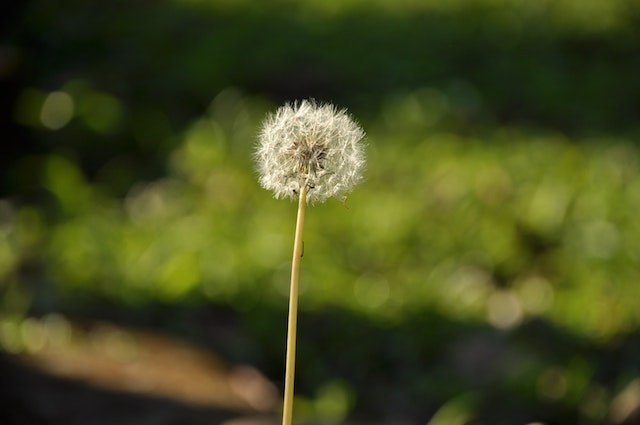
The grass has the best chance of healing and growing throughout the summer if many of these approaches are used on a fall lawn and in the spring.
CALL US NOW IF YOU NEED YOUR GARDEN MAINTAINED
0141 404 0434 info@proj6.tommedia.uk
- Eliminate thatch, moss, and weeds.
By preventing nutrition and air from reaching the roots, these bothersome objects can stunt development.
Does your lawn have weeds?
Weeds
These can appear anywhere since there are numerous ways to introduce them to the garden. by passing birds, roaming pets and other animals, or even by getting dirt on your clothes and shoes.
There are several different forms of typical lawn weeds that can develop as seed heads or blooms.
Pulling the weed out in its entirety, roots and all is the simplest solution. You can do this by hand or with a tool, but if there are a lot of weeds, try spraying them with a low-toxicity herbicide.
De-thatching a lawn
Thatch
This organic material layer, which can accumulate between the leaves and the soil, is made up of dead grass, root stems, and leaves. The accumulation forms a blockage that prevents moisture and nutrients from entering the soil and reaching the roots.
Areas with thatch are simple to spot since the ground will feel spongy and the absence of nutrients will result in dull, lifeless spots on the grass.
The practice of “scarification,” which involves raking and removing mulch from the lawn, is the most effective way to get rid of thatch. A lawn scarifier is one of the many instruments that are available to help with this operation.
Moss on your lawn?
Moss
The worst issues with lawns might be caused by mosses, which are non-flowering plants. They flourish in locations with an abundance of moisture, shade, and poor turf.
The amount of moss will rise if uncovered or untreated, which will hinder the growth of the grass. The initial circumstances that permit it to emerge are as follows:
Shade
Clay in the ground
faulty drainage
large amounts of thatch
Drought
The root of the issue must be located and eliminated in order to get rid of the moss. With feeding and scarifying, it can then be kept an eye on and nurtured.
- Improving drainage
Poorly drained lawns may grow soggy for several hours or even days. If the drainage is not fixed, this could result in additional problems for the health of your grass.
The soil’s capacity to absorb water and garden landscaping are the two most frequent reasons for water buildup.
The porousness of the soil
The soil’s high concentration of clay, dense patches of thatch, soil compaction, and layers of roots can all inhibit water absorption.
Depending on the severity of the issue, aeration might enhance water and airflow to lessen surface buildup.
Altering the composition of your soil is another option for reaching the desired drainage levels. You can achieve this by using plants that are ideal for the sort of soil that is already present or by progressively adding organic materials to the soil.
Garden morphology
Your garden’s design should have a shallow, level slope that naturally directs water away from the house. Any dips that permit water to collect in one area can harm the grassroots. It’s crucial that you make an effort to keep your garden from becoming waterlogged.
If waterlogging occurs, you can install gutters and drains to divert excess precipitation away from the grass, add a variety of moist plants that do well in water, or even reshape the area and modify the gradient. These are all practical strategies for enhancing drainage.
- Aerate
This procedure improves air and water penetration to the grass’s root zone, which is crucial for obtaining the necessary nutrients for growth. In order to maintain lawns that are impacted by drought or waterlogging, this method is effective.
A garden fork, specialised equipment, machines, and even aerating shoes are available to do aeration, which involves making microscopic holes in the soil at specific intervals and depths.
This only needs to be done a few times a few years for the majority of gardens. If necessary, small lawn areas can be treated separately.
spiked shoes for aerating lawns
CALL US NOW IF YOU NEED YOUR GARDEN MAINTAINED
0141 404 0434 info@proj6.tommedia.uk
- Over-seeding
By completely covering the area with lots of fertilised seed, over-seeding revitalises drab and worn-out lawns. This improves the colour and lessens the possibility of weed and moss incursions while filling in damaged and thinning areas.
The lawn will need to be scarified or aerated, mowed, and well-watered before the seeds can be applied. Spreaders can be purchased to aid in distributing seeds evenly.
After seeding, the grass must be kept moist to promote germination, and a top dressing must be applied to nourish and preserve the seeds.
This can be done yearly to keep your lawn in good shape.
- Trimming and mowing
It is ideal to only cut off one-third of the grass’s length when mowing your lawn. The time of year and the weather at the moment will determine how frequently you need to mow.
The amount of mowing needed will decrease as the temperature drops, particularly during frost. With the warmer weather comes more frequent summer mowing because the grass will start to grow more quickly.
Mowing should be avoided while the grass or soil is damp since this might harm the lawn and impede future healthy growth. If your mower has a roller, you’ll need to switch up the direction you mow every time.
After mowing, borders and margins can be maintained and neatened with an edging tool with a half moon or edging shears.
- Watering and feeding
Most gardening supply stores have a variety of grass feeds and fertilisers. The kind needed will depend on the local weather and soil conditions. It is best to adhere to the instructions for the product as the majority of these will provide suggested application instructions.
Spreading Miracle-Gro EverGreen Complete 4 in 1 using a spreader
Typically, twice-yearly treatments are indicated. Once in the spring with a fertiliser that is high in nitrogen for the grass and once in the fall with a fertiliser that is high in phosphate and potash.
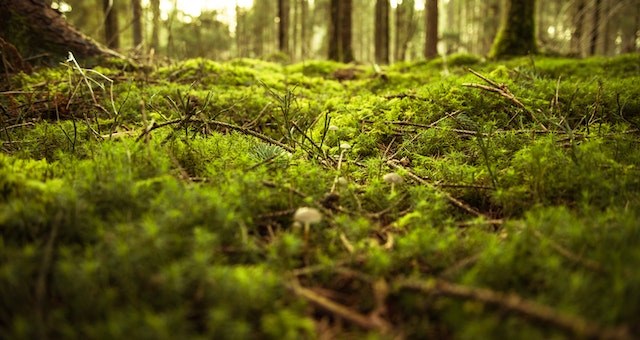
All lawns require watering in addition to feeding. When a lawn is dry, it begins to change colour and lose its spring, which makes the grass stay flat when stepped on.
The kind of soil and local weather conditions will determine how much and how often to water. Additionally, you don’t want to overwater. To achieve better results and prevent moisture from remaining on the grass overnight, it is recommended to water the lawn in the morning when it is colder.
- Top Dressing
is employed to strengthen and raise the standard of the current soil. improving any flaws while adding more drought resistance and drainage.
The soil type in your garden must be determined, just like with any other upkeep, in order to create your top dressing with the right materials and consistency.
CALL US NOW IF YOU NEED YOUR GARDEN MAINTAINED

